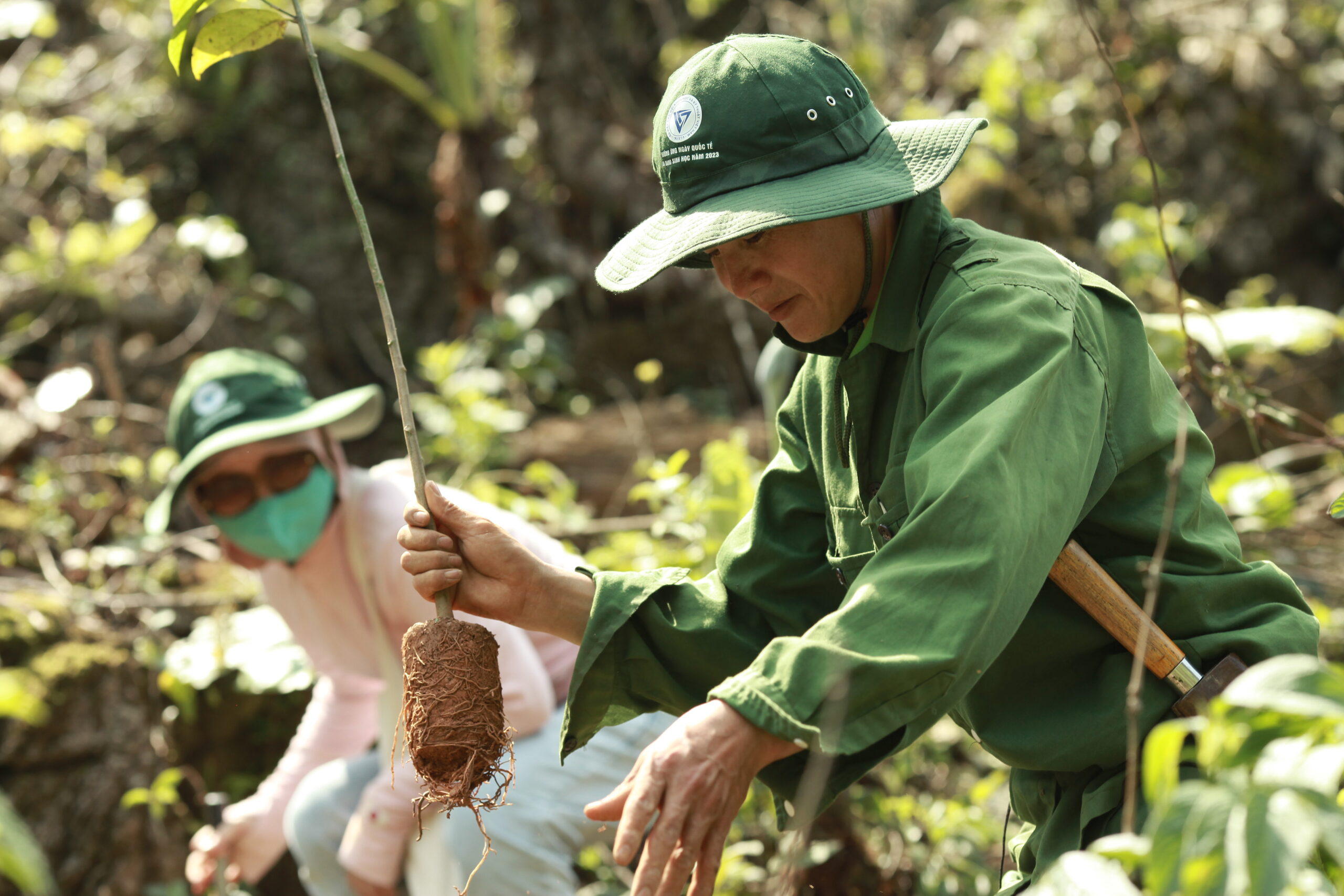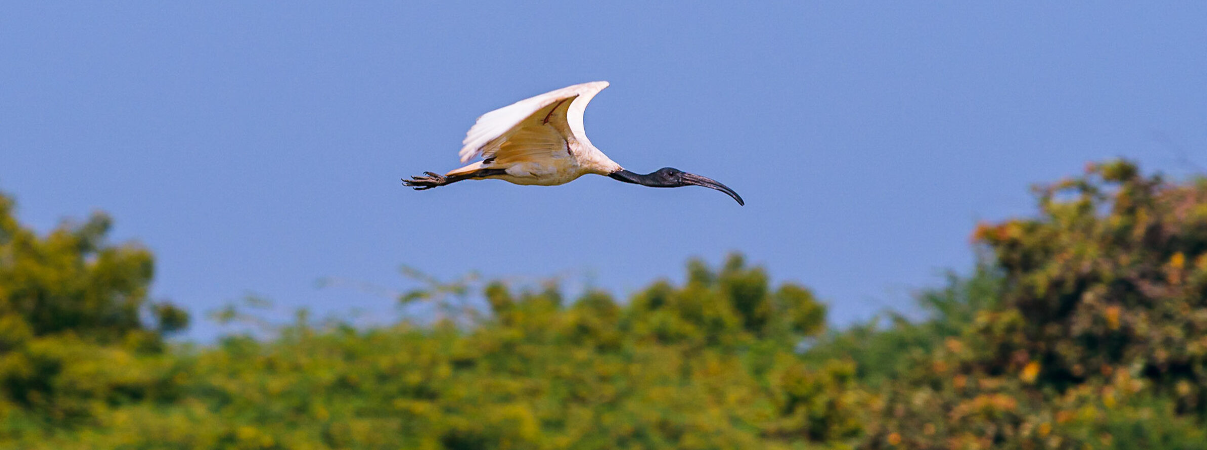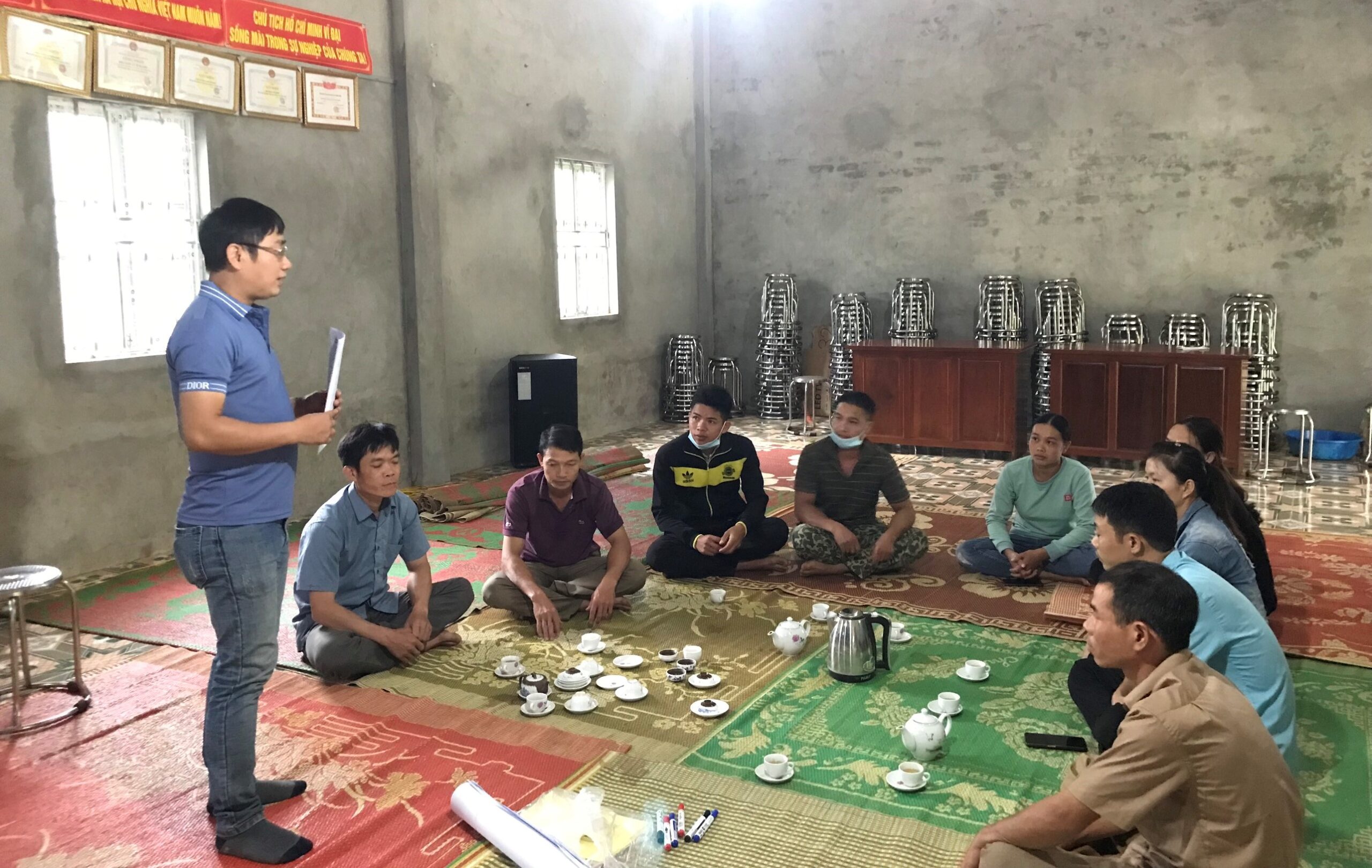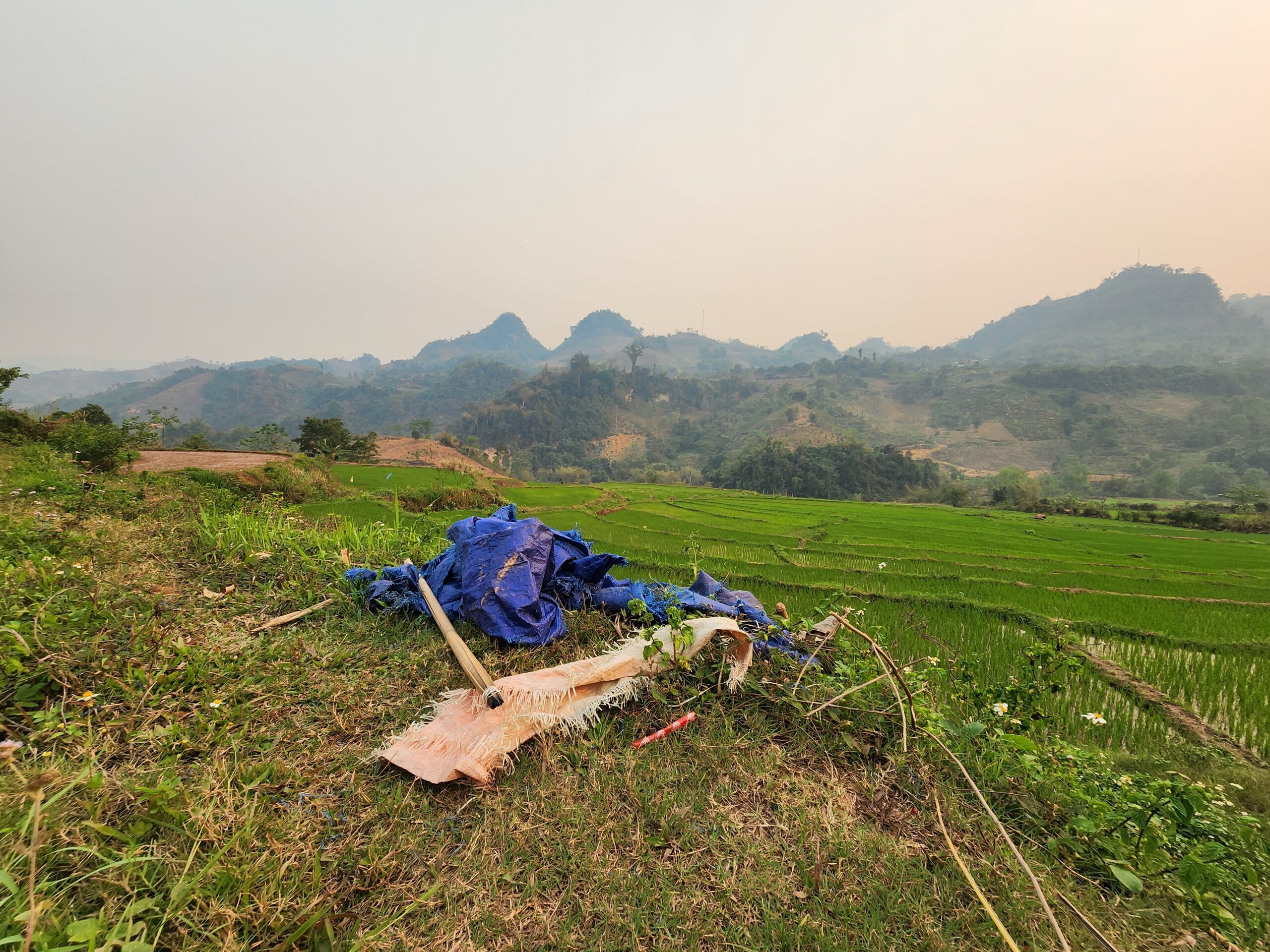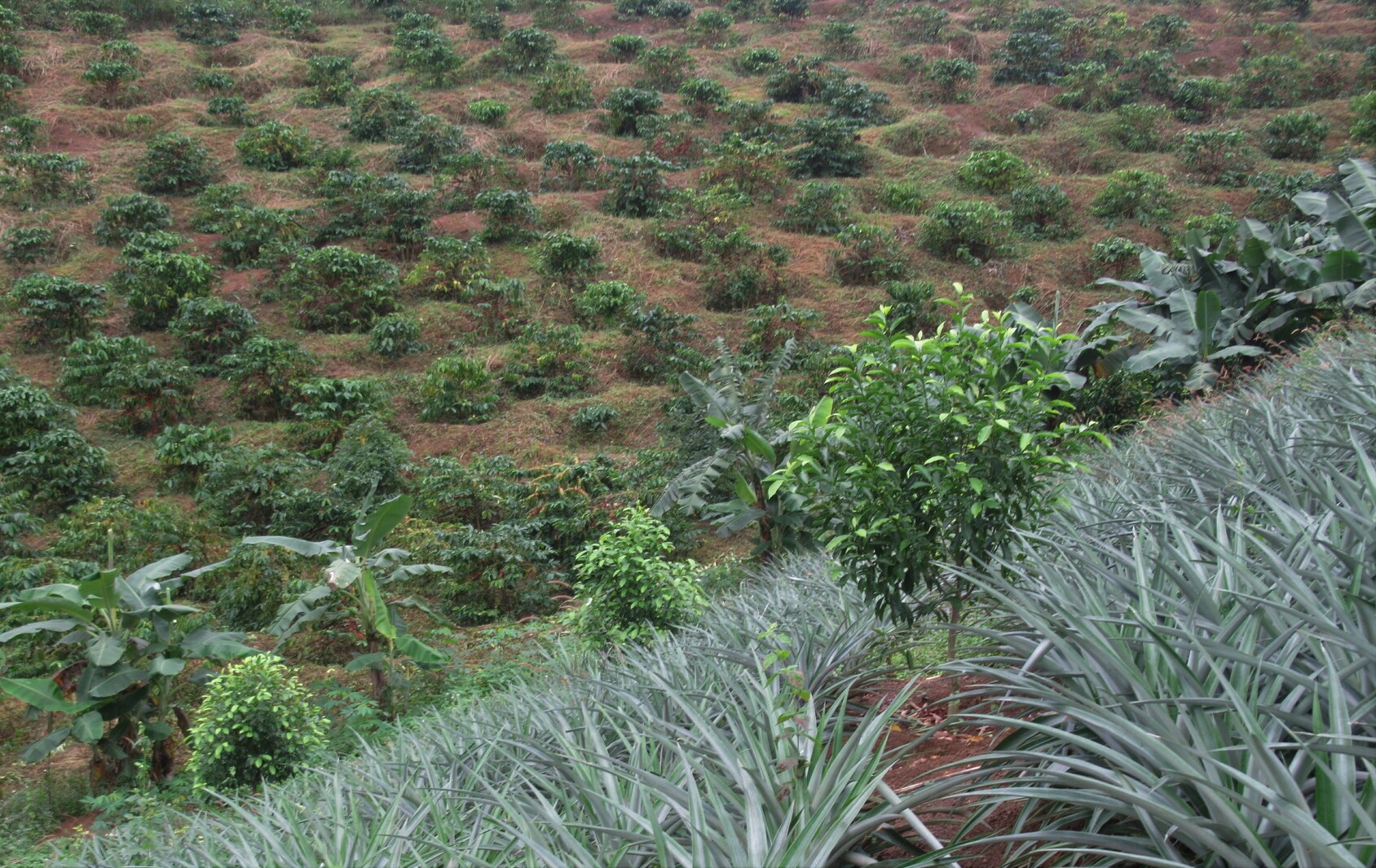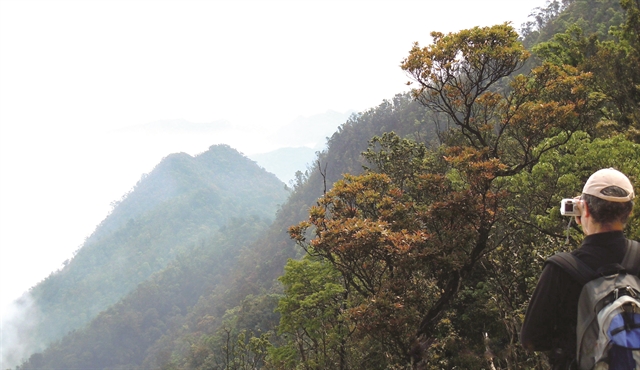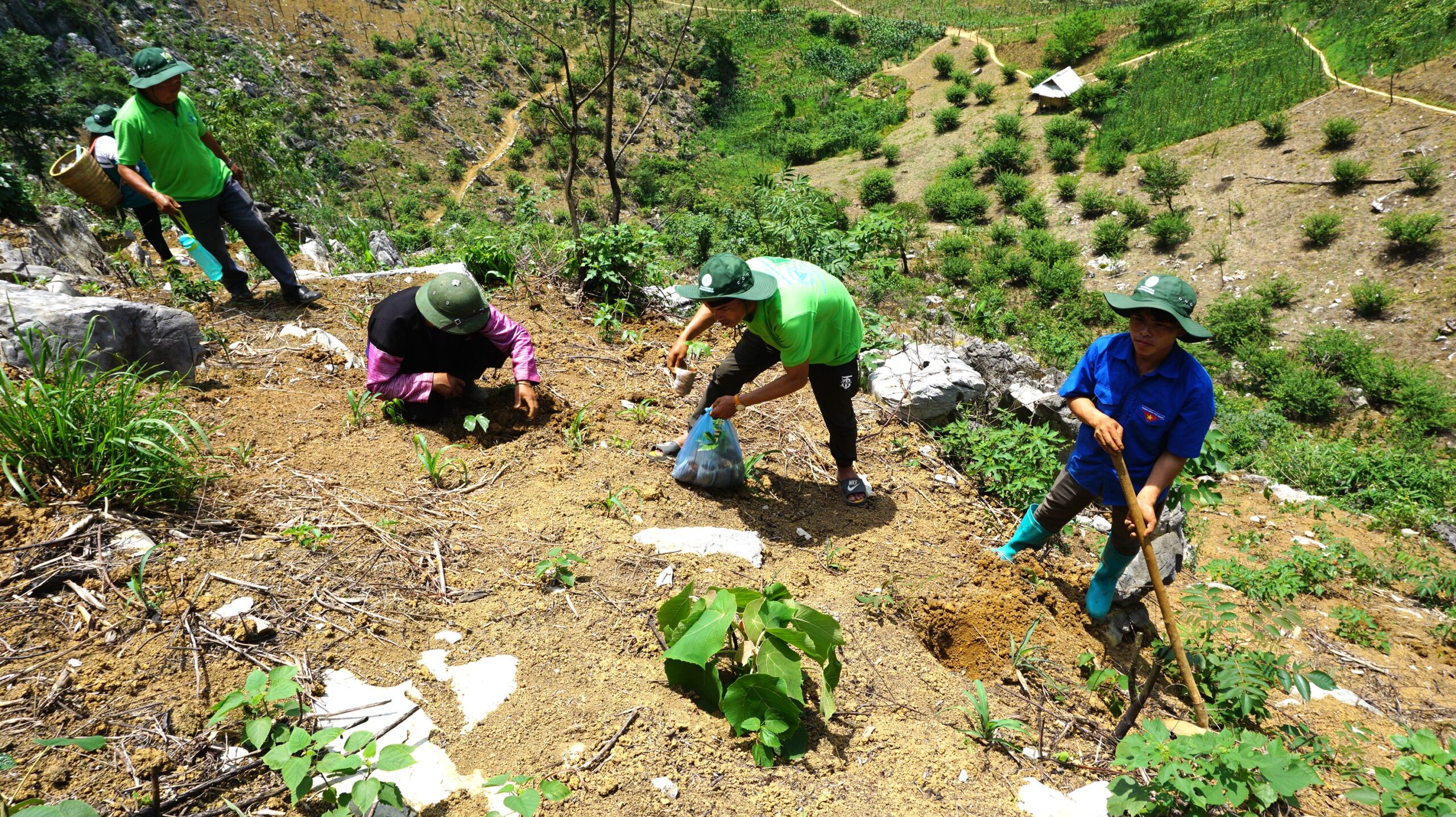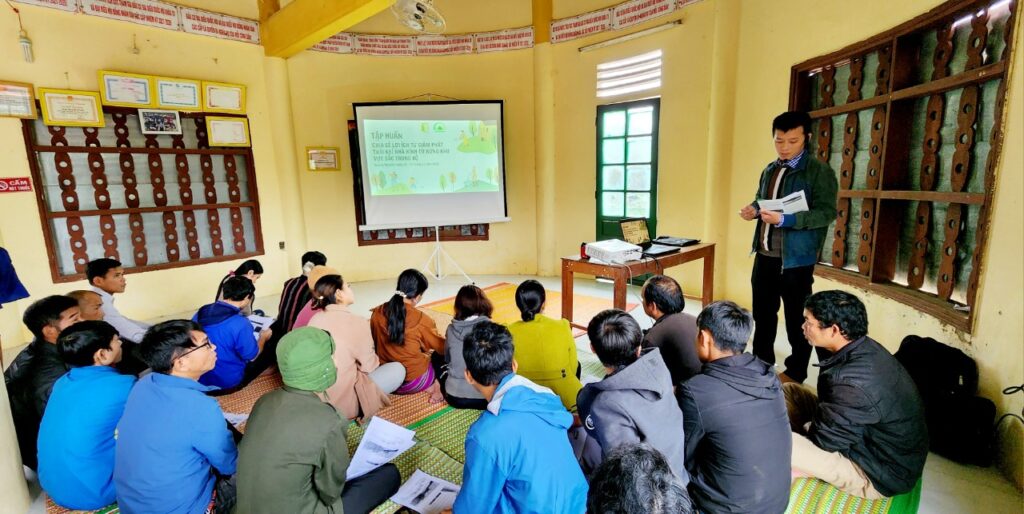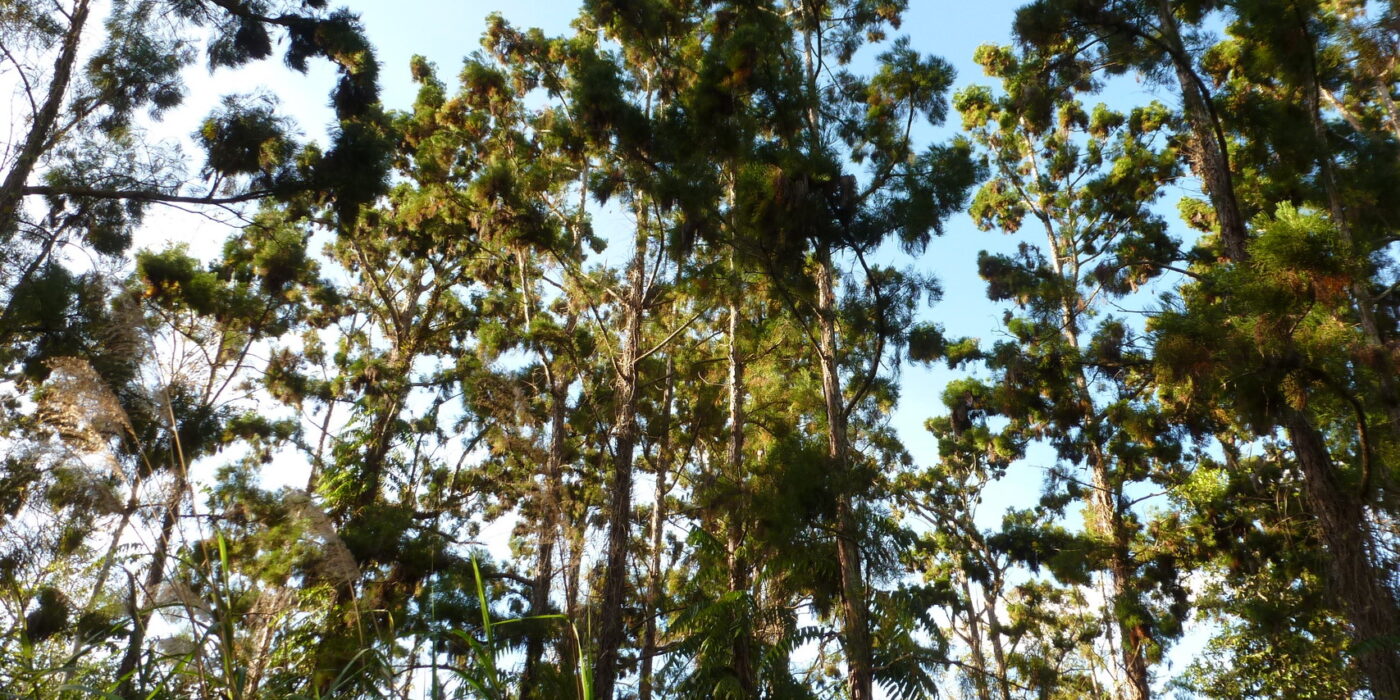Field Survey in Van Ho to Identify Potential Areas to Prepare a Forest Restoration Plan for 2024
Farming and local livelihood development are encroaching on the Van Ho forest's rich biodiversity, which threatens the survival of a small population of the Northern White-cheeked Gibbon sharing the same home. PanNature has worked with local communities and authorities to boost conservation efforts to rebuild fragmented forest regions. Following the successful forest restoration campaign in May 2023, which drew approximately 200 participants, PanNature will continue annual events to mobilize local actions for regreening forests.

